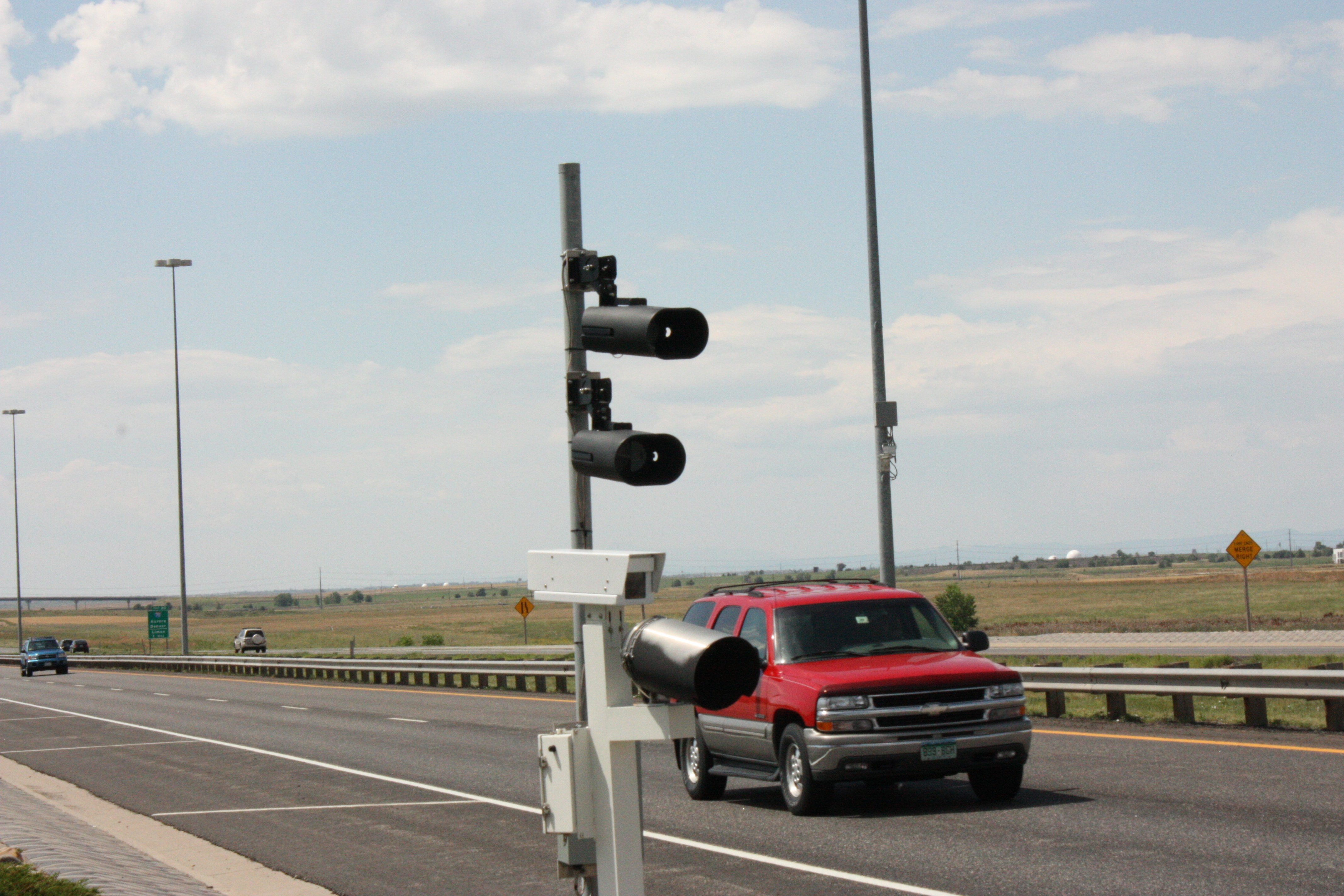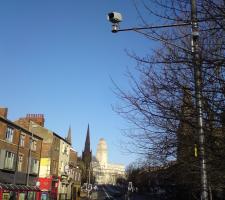
Automatic number plate recognition continues to find new applications beyond the traditional. In coming years, we can expect the application set to grow significantly
Moore's Law has seen to it that computer processing power has improved out of all comparison in the 30-plus years since the first working Automatic Number Plate Recognition (ANPR) system was created by the UK's Police Scientific Development Branch. The attendant increases in systems' capabilities have resulted in ANPR being deployed globally in four principle areas of application: law enforcement, ITS, security and parking.Among systems manufacturers, unsurprisingly, there is consensus on the continued importance of law enforcement. Erno Szucs of ARH, Inc. predicts overall ANPR market growth of 25-30 per cent in the next five years. Longer-term he expects above-average growth in law enforcement applications, this being the most complex task from an architecture point of view and therefore the one most ripe for rapid technical improvement.
"Over the next few years, the largest growth will be in the international market as other countries become more aware of the potential of using ANPR technology for ITS systems such as journey time management," he adds. "Tolling also shows potential, as governments look to divest the cost of road building. Congestion charging is gaining momentum and further expansion of such schemes could result in a huge increase in the use of ANPR.
"Niche applications will always exist but the traditional applications will continue to drive the market: journey time information systems; average speed enforcement; border control; law enforcement; access control; and tolling/congestion charging."
In the US, there are two main discernable trends: law enforcement and tolling.
"Much of the activity and growth for ANPR has been, and continues to be, in law enforcement but we anticipate a major shift in growth over to the ITS sector in the next several years," says
"For better or worse, this technology is driven by how well it generates or protects revenue. There are a lot of interesting potential applications of ANPR but many will never make it to market because they don't have that link to revenue."
System developments
In many respects, according toErno Szucs sees smaller, more compact hardware with ANPR camera, illuminator, a CPU, software and transmission devices in one unit as the way forward. More sophisticated camera software able to adapt camera settings automatically to extreme lighting conditions will also emerge.
CA Traffic's Evo8 has already gone a step further, says Andy Frechter, by introducing camera systems which are capable of reading license plates across two lanes, effectively halving the amount of equipment required in many instances.
The integration of ANPR with other technologies will be a significant trend. Brian Shockley points to the
"The Holy Grail for me has always been the possibility of solar power," says Peter Cattell. "Much has been made of the use of HD technology but this still hasn't reached a robust, marketable stage due to the need for more bandwidth and processing capability.
"Providing the ability to provide accurate vehicle classification within the ANPR camera will increase the utility of the technology. Combining the Vehicle Identification Number [VIN] with the calculated class can produce a 'tag' that can then be linked to that vehicle and used to derive several valuable data sets including journey time by class, origin-destination matrices by class and so on that are currently difficult to calculate."
To Imagsa's Ferran Lisa, the most important advances in ANPR will come with the extension of image analysis from license plate reading to other complementary tasks: classification, speed measurement, trajectory analysis and so on.
"We're also looking at 3D analysis and GPS-based sun tracking," he says. "The development of vehicle analysis as a complement to ANPR will revolutionise the sector in the sense that new applications will emerge and other technologies will be surpassed by cameras in already existing applications. As an example, we can envision future speed enforcement systems composed only of smart cameras."
Smart cameras, in this case enforcement cameras which work without some form of external trigger such as loops or radar, excite particular interest; both Lisa and Tattile's Nicola Buffoli point to these as a future solution. However, whereas Lisa sees the country- and application-dependent nature maintaining system cost Buffoli thinks that prices are about to fall sharply.
"If one looks at the systems on display at Intertraffic this year, there were few technological innovations. Many players have the same architecture for the same application. Such conditions are the first step towards a price or brand war," he explains.
In part, Andy Frechter agrees: "Mainstream technologies are widely used in the ANPR market. As such, the hardware itself is already priced at an accessible level. System and back-office requirements will always vary between end-users and as such specialist development will often be required. However in general this is often minor work and does not require major changes to the existing technology."
The greater impact on cost, according to Brian Shockley, will be achieved through the introduction of integrated lane devices combining several different applications. The Idris-optimised SpikeHD mentioned earlier is an example of this, he says.
Outside the box
Italian company Engine SRL has patented a new technique, called Plate Matching, which it says is an alternative to OCR for applications such as average speed enforcement.
Plate Matching categorises characters on the plate - distinguishing, for example, between 'round' characters such as a '0' or a 'Q' and 'zig-zag' characters such as a '2' or 'Z'. It assigns confidence levels to these, taking into account the 'noise' (vehicle movement, the effects of ambient light and so on) which can affect image clarity. The system also uses other contextual information from outside the number plate, such as a vehicle's shape, dimensions and other distinguishing marks. The resulting data is combined to produce a 'tag' which is assigned to a vehicle as it passes through the enforcement zone.
Engine says that the solution is capable of "near 100 per cent" accuracy. Its Celeritas product implements Plate Matching technology and has been approved by the Italian Ministry of Transport since last year. The company is distributing this in Italy and is now entering international market
Algorithm progression
Over the last decade, algorithm developments have improved the performance of ANPR engines significantly. As Andy Frechter notes, a well-positioned camera looking at clear plates will now achieve comfortably over 95 per cent recognition 24/7."Development will continue and we'll see performance gains of half a percent here and there," he continues. "However it must be noted that many people drive vehicles with plates that are obscured or dirty. Nothing can be done to read those. As such, performance in the real world can never be expected to reach 100 per cent."
"One continuous development effort is to add new geographical territories," says Erno Szucs. "That means being able to read Arabic and Asian characters. Another achievement of the past few years is the ability to read not just plate characters but also plate types. This addresses country recognition in Europe, state recognition in North America and regional differentiation within specific countries such as Saudi Arabia."
A good deal of algorithm development in recent years has been outside the OCR kernel, according to Jim Kennedy: "Approaches have been developed that improve the odds of a particular read being deemed correct or incorrect by looking at other things.
"In the very early days of ANPR, when it was really only simple OCR, it was the best guess that got through. Some states and countries made it easier to claim high accuracies because they used only numbers and thereby left little chance of confusing '8's with 'B's, '2's with 'Z's, '1's with 'I's and so on.
"Then people started adding syntax rules - can a valid plate have a have a letter where there should only be a number? That worked well, within bounds. Some of us also started to look at other things - other artifacts on the plate or vehicle which could be used to determine state of origin and what syntax rules to apply. As computational speeds increase we find more and more algorithms to run and still get the process completed in milliseconds.
"That development effort will continue but the ever-increasing image sizes permitted by digital cameras mean there is competition for processing space. It is wonderful to be able to look at a great deal more pixels on each plate but that capability means having to jam that much more data through the system in a timeframe that still meets the need of the market."












